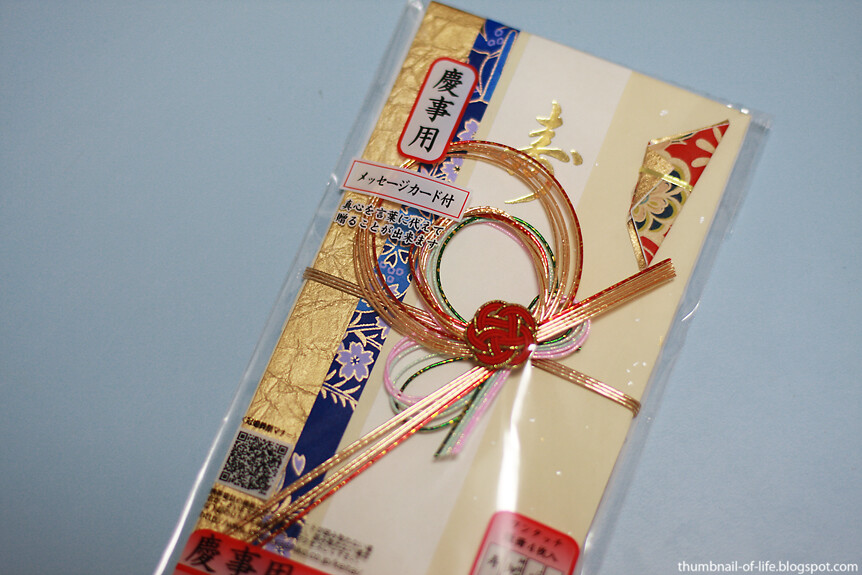
Last week I had the opportunity to visit a Japanese wedding in Hiroshima. There are lots of wedding custom in Japan. One of them is the Shuugi Bukuro. There is a custom in Japan to give money inside an envelope for special occasions such as wedding, new year, or funeral. The standard general envelope is called Noshi Bukuro (熨斗袋). There are also a special envelope for specific occasions, such as the Otoshidama Bukuro (お年玉袋) for giving money to kids on new year. You could easily find most of the envelopes in a stationary shop. The price ranging from 100 ~ 500 yen. Make sure you get a nice one !
The tradition of giving money gifts in an envelope goes all the way back to the samurai period. The money had always been considered as something "dirty", something that "corrupts" the society. Simply by looking at the money, you could have a corrupt mind. Because of that, the money was put inside an envelope before giving it to somebody.
Shuugi Bukuro (祝儀袋) refers to a traditional envelope (paper wrapping) to celebrate wedding or recovering from illness. First, the money is placed inside an envelope. Then the envelope is wrapped in a piece of decorative paper folded in a certain way based on what it is going to be used for. The last touch is a bow wrapped around the paper.
One thing you need to know is that there is a rule, an etiquette on how to use the Shuugi Bukuro correctly. This post is a guide to properly use the Shuugi Bukuro.

These are what you normally get when you buy the envelope.

The long thin paper is used to write a short message and your name. You only need one of them. You could use the pre-printed messages such as 御結婚御祝, 寿, 御結婚おめでとうございます, or you could write your own message on the blank paper.
Although people tends to write using brush, it is acceptable to write using normal pen.

This is the outer paper wrapping to wrap the envelope. The bow is called mizuhiki (水引). The bow knot and color have a specific meaning, such as for celebrating birth, the growth of kid, longevity, birthday, new year, etc. For wedding, the bow colors are usually white, red, gold, or silver. The black and white are used for funeral.
The bow knot needs to point upward. Make a mistake, and it will means funeral.
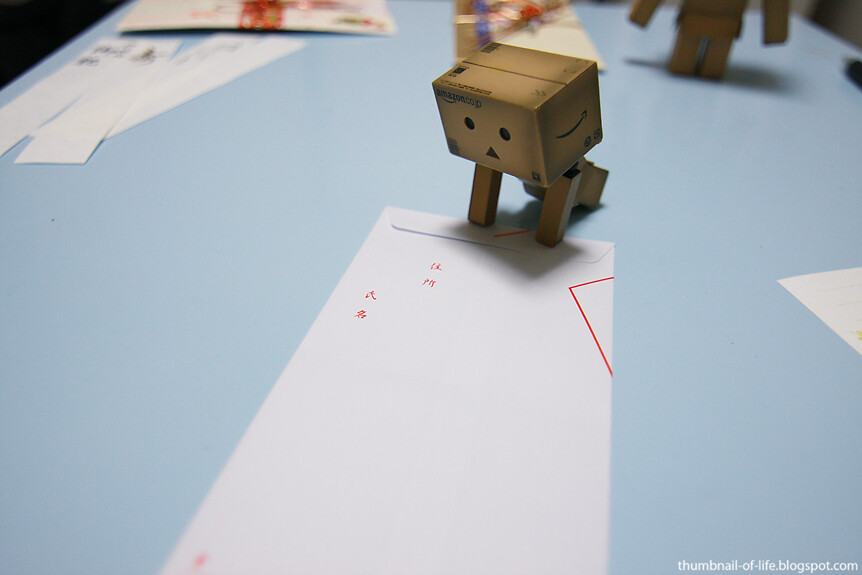
This is the money envelope. You need to write your name, address, and the amount on the envelope.
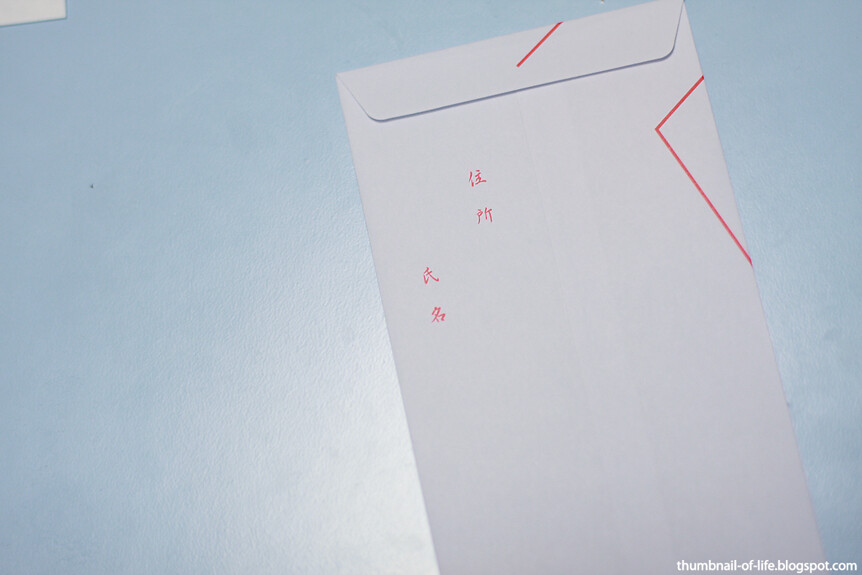
Did you notice the Kanji 住所 (juusho) and 氏名 (shimei) ? 住所 is for your address and 氏名 is for your full name. You need to write it vertically.
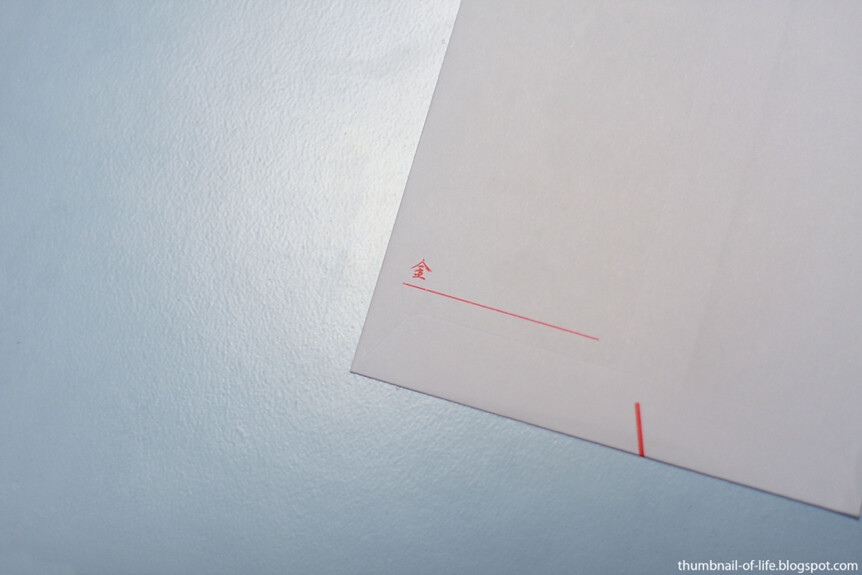
The amount (金 = kane) is usually located at the bottom. The amount differs according to your relationship to the bride or groom, your social status, and the wedding style. Family usually ranges from 50,000 ~ 100,000 yen. For relatives, 30,000 ~ 50,000 yen. As for friends and coworkers, 10,000 ~ 30,000 yen is acceptable. Couple or married couples usually give 50,000 yen as a couple, or 30,000 yen per person.
The number of bills you need to give must be an odd number. An odd number symbolizes that the newly married couple will not split up. If you decide to give 20,000 yen, you need to give 1 x 10,000 yen bill and 2 x 5,000 yen bills. 40,000 and 90,000 yen are also a big NO. The number 4 in Japanese can be pronounced as 'shi' which means 'death'. The number 9 'ku' means suffering.
The bill must be a new bill without any creases or dirt. It symbolizes the couple can start off with their freshly new life together. You could ask the bank to exchange your money with a new one.
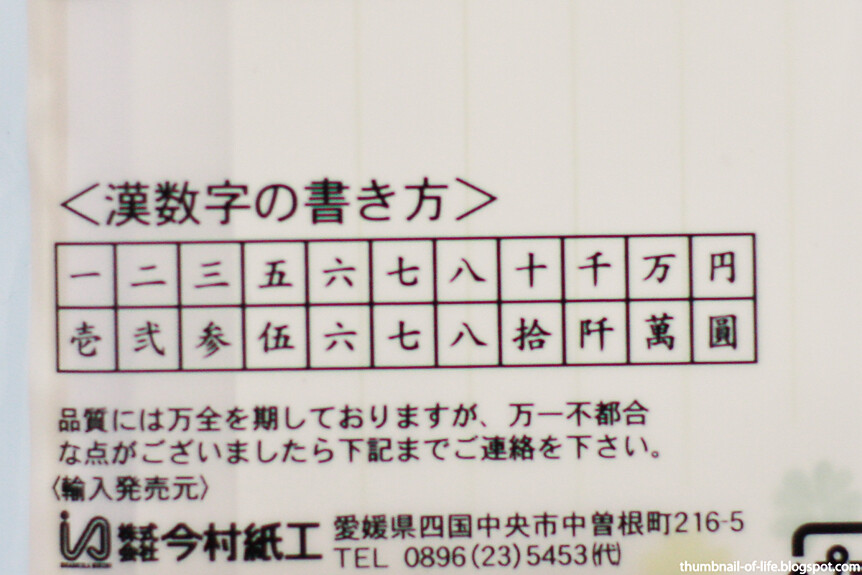
You need to write the amount using a special Kanji for number. You also need to write 也 (nari) at the end to finalize the sum of money. Let's say you are going to give 30,000 yen. Instead of 三万円, you need to write 参萬圓也. However, these days it is okay to write 三万円.
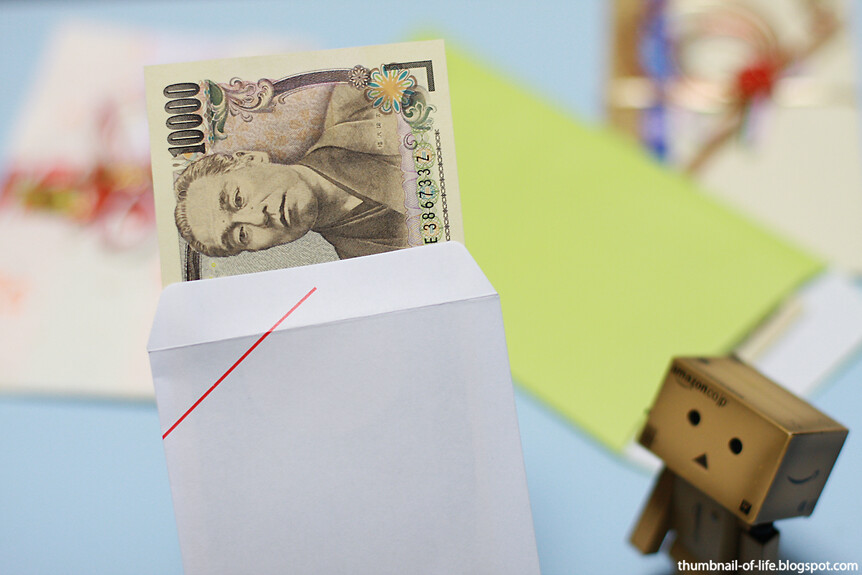
When you put the money inside the envelope, you need to put it the same way as the photo above. The newlywed couple need to be able to see Yukichi Fukuzawa's face when they open the envelope.
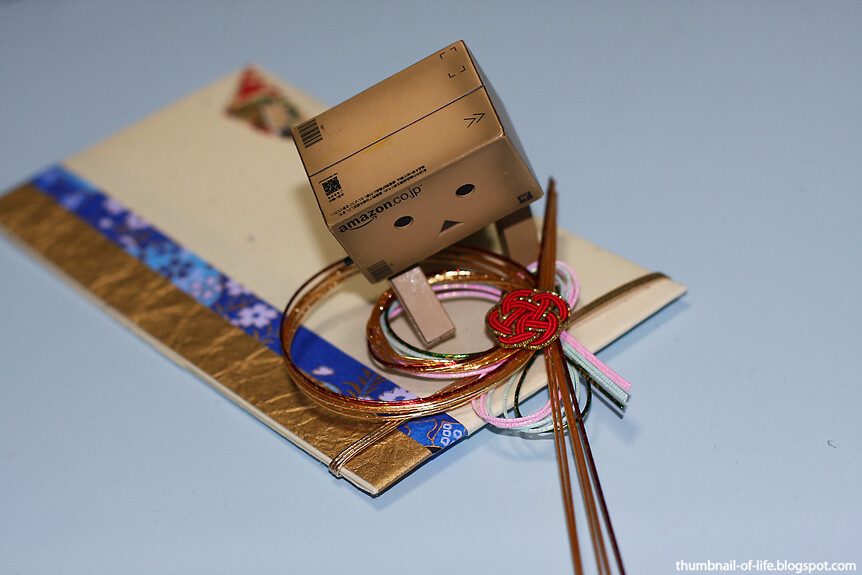
Now take the paper wrapping and pull off the mizuhiki.
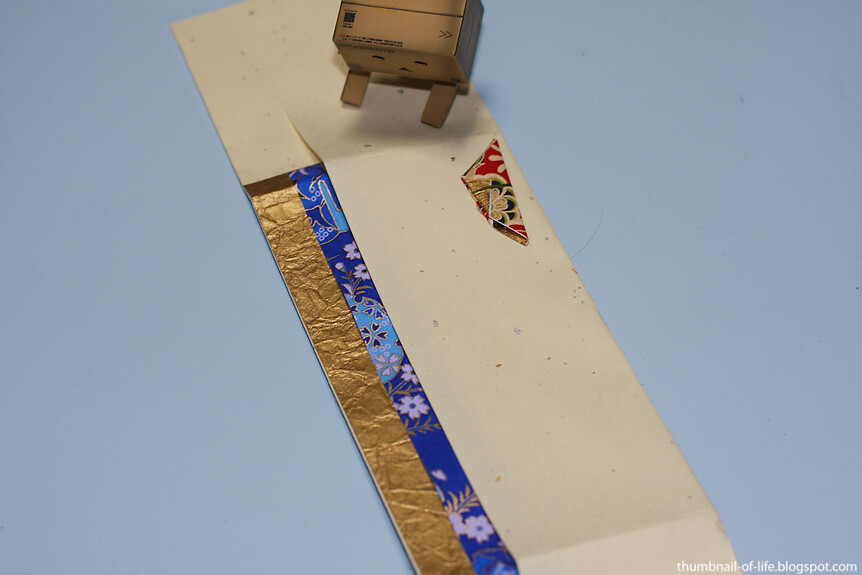
Unfold it.
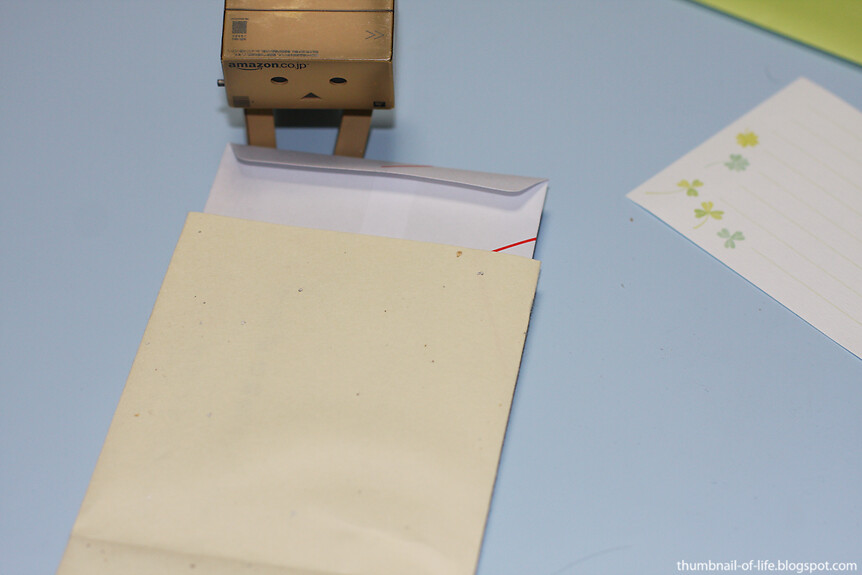
Put the envelope inside, in the middle.
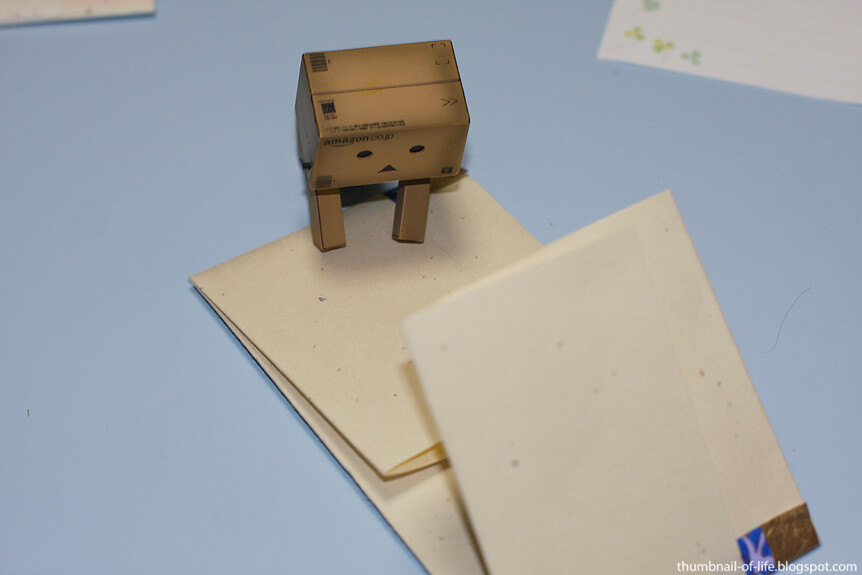
Next is the folding. Fold the top one first ! If you fold the bottom one first, it means funeral.

Put back the mizuhiki, and don't forget to write your full name there.
Now you can give your shuugi bukuro with confidence on wedding reception ! :)
Note that there is also another optional step after this. The shuugi bukuro needs to be wrapped in a small silk cloth called 袱紗 (fukusa). It is optional though.
That's it. I hope it's clear enough. There are still a lot more Japanese wedding custom. Will try to blog about it sometimes. :)
very interesting! japanese selalu detail banget yah... even the smallest things are important!
ReplyDeleteterlalu detail, fan. gw jadi takut salah. haha
ReplyDeleteGreat post, very detailed! Thanks dans. I'd like to see more such posts.
ReplyDelete@Rob : Thank you. Will try to have more posts like this.
ReplyDeletevery interesting....
ReplyDeletethank you...
Hello! Are these envelopes solely for money-giving only? I saw several very informal ones the other day so I would like to ask. Can you also use them for ordinary letters too? Or does it need to be used only to give money? thank you!
ReplyDeleteJust what I needed! a friend is getting married, bought the envelope but had no idea how to use it.
ReplyDeleteHope I can find a Fukusa in the 100Yen shop.
Thanks!
The envelope is for money-giving. You can't use it to send letters.
ReplyDeleteThanks for such detailed explanation! I love the Amazon.jp boxy guy too -- I want one!! :)
ReplyDeleteThanks! I just bought one for my sister, and I am going to send it to her back in the US. I didn't know how to open it :)
ReplyDeleteI just spent way too long trying to figure out how to get one of these money envelopes right before I stumbled on this. Thank you very much for the excellent, clear explanation!
ReplyDeleteVery helpful! Thank you so much for this post.
ReplyDeleteThank you very much! I searched a while on the web and no other page explains writing of the giver's name, address, amount (in kanji), and bill placement! All the photos and succinct writing is much appreciated.
ReplyDeleteThis comment has been removed by the author.
ReplyDeleteIt's amazing idea,it is help full too me . I give this wedding envelope to my Friend wedding.Can you tell me that what kind of paper can use to make this envelope.
ReplyDeleteExcellent post - really helped me - thank you
ReplyDeleteThank you, this came in very handy!
ReplyDeleteLife saver!
ReplyDeleteありがとう!助かりました!
ReplyDeletehttps://istanbulolala.biz/
ReplyDeleteAFEZ
urfa evden eve nakliyat
ReplyDeletemalatya evden eve nakliyat
burdur evden eve nakliyat
kırıkkale evden eve nakliyat
kars evden eve nakliyat
NPNA
58655
ReplyDeleteOrdu Şehir İçi Nakliyat
Artvin Lojistik
Bitmex Güvenilir mi
Denizli Şehirler Arası Nakliyat
Kırklareli Şehir İçi Nakliyat
Kastamonu Evden Eve Nakliyat
İzmir Şehirler Arası Nakliyat
Bitmart Güvenilir mi
Coinex Güvenilir mi
66158
ReplyDeleteTrabzon Evden Eve Nakliyat
Bilecik Evden Eve Nakliyat
Hakkari Evden Eve Nakliyat
Bitmex Güvenilir mi
Ünye Televizyon Tamircisi
Gölbaşı Parke Ustası
Manisa Evden Eve Nakliyat
Gölbaşı Boya Ustası
Çerkezköy Evden Eve Nakliyat
8DBB8
ReplyDeletebartın kadınlarla ücretsiz sohbet
kars telefonda görüntülü sohbet
bolu kızlarla rastgele sohbet
tekirdağ sesli sohbet siteleri
zonguldak parasız sohbet siteleri
sakarya rastgele görüntülü sohbet
kütahya random görüntülü sohbet
kırklareli canli sohbet
bartın canlı sohbet
AFEFD
ReplyDeletebitcoin nasıl kazanılır
4g mobil
toptan mum
sohbet canlı
bybit
bitcoin seans saatleri
bitmex
paribu
bkex
0B459
ReplyDeletetelegram kripto
kızlarla canlı sohbet
bingx
huobi
binance referans
copy trade nedir
bitget
binance referans kimliği
binance
A90CF
ReplyDeletebitmex
okex
bitcoin hangi bankalarda var
ilk kripto borsası
en az komisyon alan kripto borsası
telegram kripto kanalları
bingx
canli sohbet
binance
585A3
ReplyDeletebtcturk
bybit
bitexen
filtre kağıdı
kripto para nereden alınır
binance referans kimliği nedir
bitcoin haram mı
paribu
binance